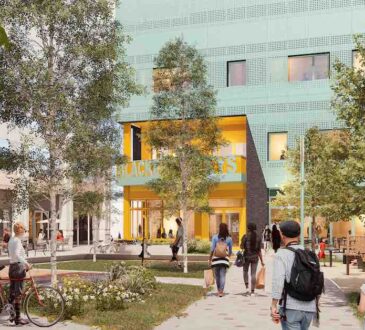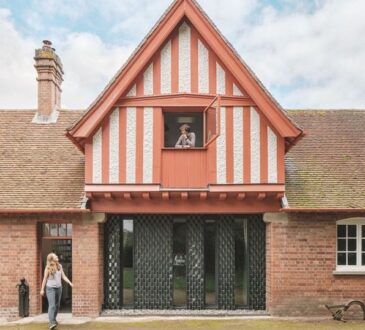What can we expect to see in the rental market in 2024?
Higher mortgage payments mean that more people are staying in rental accommodation for longer. However, there’s becoming a reduced supply of rental homes, with landlords contemplating whether to stay in the market due to tax and regulation challenges.
Increasing rents are likely to restrict renters’ ability to save and get onto the housing ladder. That, combined with falling house prices and reducing mortgage rates, will improve buy-to-let yields. This should see landlords start to return to the market, improving availability of rental homes and in turn could eventually bring rents down, but it will likely be a slow process.
This private rental market is a critical area due to the lack of available social housing. We need to make sure it’s vibrant and effective, while at the same time improving rental standards. This is the focus of the rental reform bill that’s going through Parliament this year.
What will 2024 look like for house builders?
Due to tightening customer demand towards the end of 2023, building forecasts had not been due to rise this year, with JLL forecasting 150,000 construction starts in 2024 – the same number of starts that there were in 2023. At the end of last year, JLL also predicted that the rate of housing undersupply will get steadily larger, with a cumulative shortfall of 720,000 homes between 2023 and 2028.1
However, there is now growing optimism that reduced mortgage rates are leading to increased affordability, and that stable new house prices might stimulate an uptick in 2024 construction figures. It will be a slow transition, but confidence appears to be returning to the market.
Many housebuilders will also be conscious that, from next year, it is expected that all new homes in England will need to be built to the Future Homes Standard. This means ensuring that homes built from 2025 onwards have the equivalent of 75-80% less carbon emissions than homes built to 2013 standards.
Some of the measures that new homes will be equipped with to meet the Future Homes Standard include improved insulation, air source or ground source heat pumps, and triple glazing in windows. The cost of these additions range between an additional £5,000 – £10,000 per home, so housebuilders will need to absorb these costs somewhere. This could mean more pressure on their margins, or impact the price they pay for land.2 2024 may be a year of continued preparation for housebuilders before the new standard kicks in.




